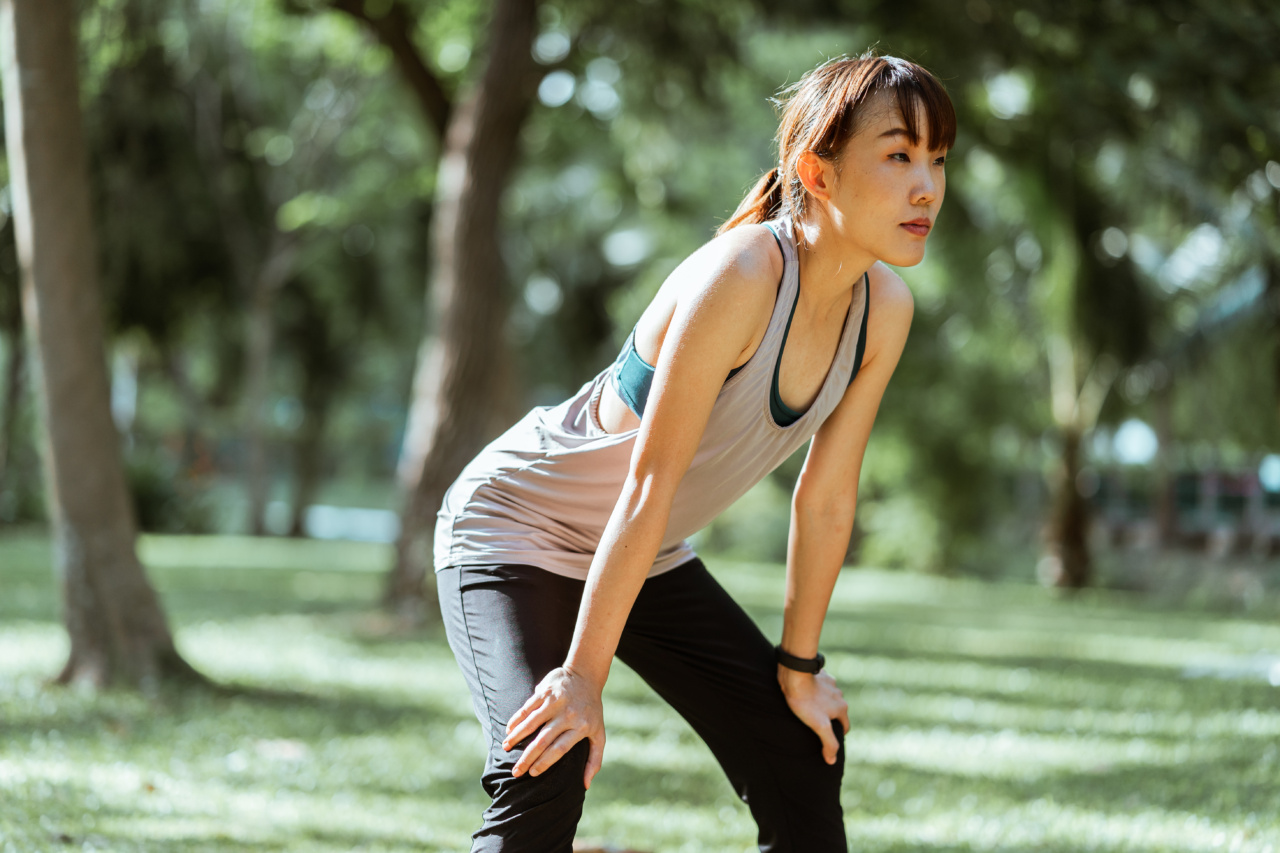Runner’s knee is a common condition that often affects not only seasoned runners but also non-runners who engage in activities that put repetitive stress on the knees.
Also known as patellofemoral pain syndrome, runner’s knee can cause discomfort and limit mobility. If you are new to running or simply interested in understanding more about this condition, this article will provide you with essential information about runner’s knee, its causes, symptoms, treatment options, and prevention strategies.
What is Runner’s Knee?
Runner’s knee refers to the pain felt around the patella, commonly known as the kneecap. This condition is particularly prevalent among runners and athletes who participate in high-impact activities.
However, even non-runners can experience runner’s knee due to various reasons, such as incorrect posture while performing exercises or constantly kneeling or squatting.
Causes of Runner’s Knee
The causes of runner’s knee can vary, but the condition typically arises from the irritation of the soft tissues surrounding the knee joint. Some common factors that can lead to runner’s knee include:.
- Overuse: Excessive and repetitive stress on the knee joints, such as running long distances without proper training, can lead to runner’s knee.
- Improper footwear: Wearing shoes that lack proper support or do not fit correctly can contribute to knee pain and increase the risk of developing runner’s knee.
- Weak thigh muscles: Insufficient strength or imbalance in the muscles that support the knee can impact its alignment and lead to patellofemoral pain syndrome.
- Biomechanical issues: Poor biomechanics, such as flat feet or abnormal hip and knee alignment, can place excessive stress on the knee joint.
- Inadequate warm-up or stretching: Failing to properly warm up before exercising or neglecting stretching exercises can increase the likelihood of developing runner’s knee.
Symptoms of Runner’s Knee
Runner’s knee can manifest through various symptoms, including:.
- Pain: Dull, aching pain around the kneecap is a typical symptom of runner’s knee. The pain may worsen during running, descending stairs, or sitting for extended periods.
- Swelling: The affected knee may display noticeable swelling due to inflammation in the surrounding tissues.
- Crunching or popping sensations: Some individuals with runner’s knee may experience grinding or popping sensations when bending or straightening their knees.
- Instability: The knee may feel unstable or give way, particularly during physical activities or weight-bearing movements.
Treatment Options
When dealing with runner’s knee, it is essential to seek proper treatment to alleviate pain and promote healing. Some common treatment options for runner’s knee include:.
- Rest: Taking a break from activities that worsen the symptoms can help reduce pain and inflammation.
- Ice: Applying ice packs to the affected area several times a day can help reduce swelling and provide temporary relief.
- Compression: Wearing a compression bandage or knee brace can provide support and help reduce inflammation.
- Elevation: Elevating the leg while resting can help reduce swelling and promote blood circulation.
- Physical therapy: Engaging in exercises and stretches designed to strengthen the muscles around the knee can aid in recovery and prevent future occurrences of runner’s knee.
- Medication: Non-steroidal anti-inflammatory drugs (NSAIDs) may be recommended by a healthcare professional to reduce pain and inflammation.
Prevention Strategies
While runner’s knee can be challenging, there are preventative measures you can take to minimize your risk of developing this condition:.

























